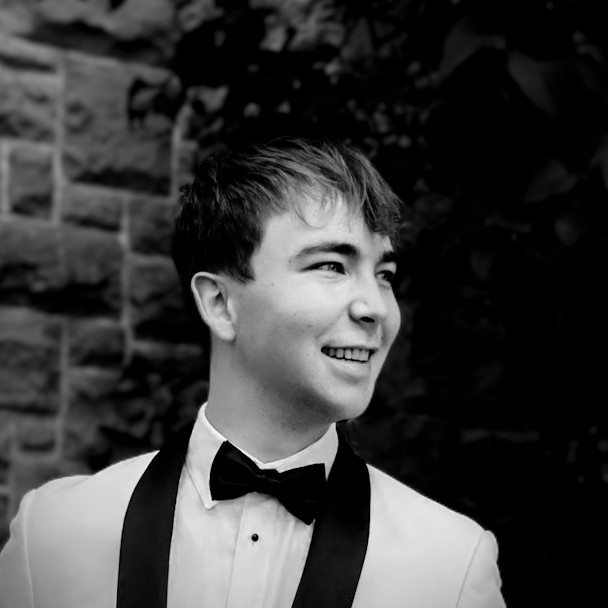What it does
POP Headphones address the growing problem of e-waste by combining a modular, tool-free design with durable, recyclable and biodegradable materials. They allow easy repair, extend product lifespan, and offer a sustainable alternative to throw-away culture.
Your inspiration
The idea stemmed from my frustration with the short lifespan and unrepairable nature of my own headphones. As an industrial design student, I studied how products are often built to be replaced, not repaired. This wasteful cycle contributes significantly to global e-waste. I wanted to challenge that norm by designing a product that values longevity, user customization, and environmental responsibility. Inspired by EU right-to-repair laws and the growing demand for sustainable solutions, I set out to create headphones that users could easily maintain, repair, and recycle, resulting in improved quality and experience.
How it works
Each component connects using intuitive snap-fit joints, allowing users to disassemble the headphones by hand in seconds. This eliminates glued, screwed or fused parts that make traditional headphones difficult or impossible to fix. The frame is made from recycled aluminum and spring steel for strength and flexibility. Ear pads attach with leather flanges for easy replacement, while the headband attaches using a keyhole cutout in the leather. Internal plug-in components, such as the speaker drivers and batteries, are attached to a removable module, allowing them to be easily replaced individually instead of discarding the entire product. The design also considers end-of-life disassembly, with 90% recyclable or biodegradable. By combining premium, long-lasting materials with a modular, repairable system, POP Headphones offer a sustainable alternative to throwaway electronics.
Design process
Early prototypes were created using quick CAD models and 3d printing. A scaled-down model was great for determining simulated pulp mould packaging. These initial designs emphasized verifying ergonomic proportions and ensuring ease of disassembly. The use of rapid prototyping enabled efficient iteration of ideas while minimizing material waste. Feedback from initial user testing informed design refinements. For example, adjustments were made to the snap method for the headband to the earcup. The snap was created with leather, but was then altered to use a watch band spring mechanism for durability. Digital models were updated in CAD, and further physical models were produced with incremental increases in fidelity, ensuring that every iteration moved closer to balancing ease‐of‑repair with a premium look and feel. The final prototype is a medium-fidelity model constructed with simulated materials made of 3d printed plastic, vinyl, leather, felt and paint. Primary disassembly and repair operations can be completed rapidly (in under three minutes), all without specialized tools.
How it is different
The complete focus on sustainability through repairability, without compromising on design, comfort, or sound quality. Unlike most headphones, which are sealed shut with glue or screws and made of mixed plastics, POP utilizes a fully modular, snap-fit system that requires no tools for disassembly. Every part can be replaced individually, extending the product’s life and reducing waste. The use of premium, sustainable materials like recycled aluminum, spring steel, real leather, and wool felt not only ensures durability but also elevates the tactile experience. Unlike other “eco-friendly” designs that focus mainly on greenwashing, POP tackles the deeper issue of product longevity and end-of-life recycling. Its intuitive construction, easily separated materials, encourages users to take ownership of their devices, something rarely seen in consumer electronics. POP sets a new standard for what sustainable tech can look and feel like.
Future plans
Next steps include refining the audio quality, collaborating with an established audio brand, and conducting small-scale user testing to gather real-world feedback. I plan to collaborate with ethical suppliers for sustainable material sourcing and explore limited production runs to validate market interest. Long-term, I aim to launch POP as a commercially available product that proves circular, repairable electronics can succeed. My goal is to shift industry expectations and empower consumers to choose products that last, ultimately reducing e-waste and inspiring more responsible design in tech.
Awards
The POP headphones were nominated for the ACIDO Rocket Competition, a juried showcase of top graduating industrial design projects across Ontario. The design was nominated for its sustainable materials, approach to sustainability, and user-focused repairability.



Connect